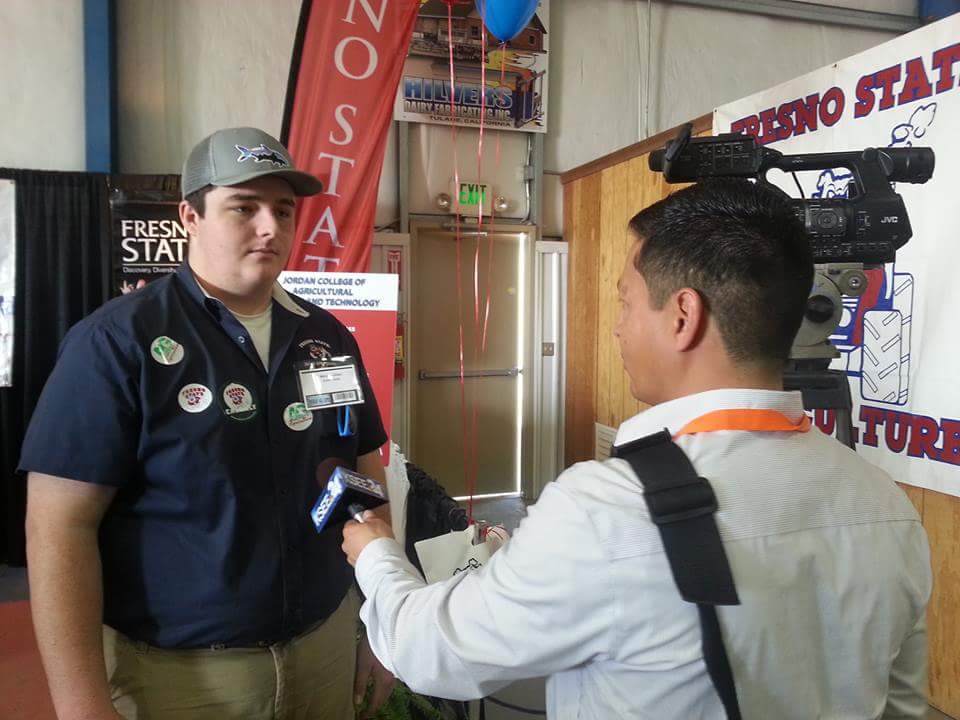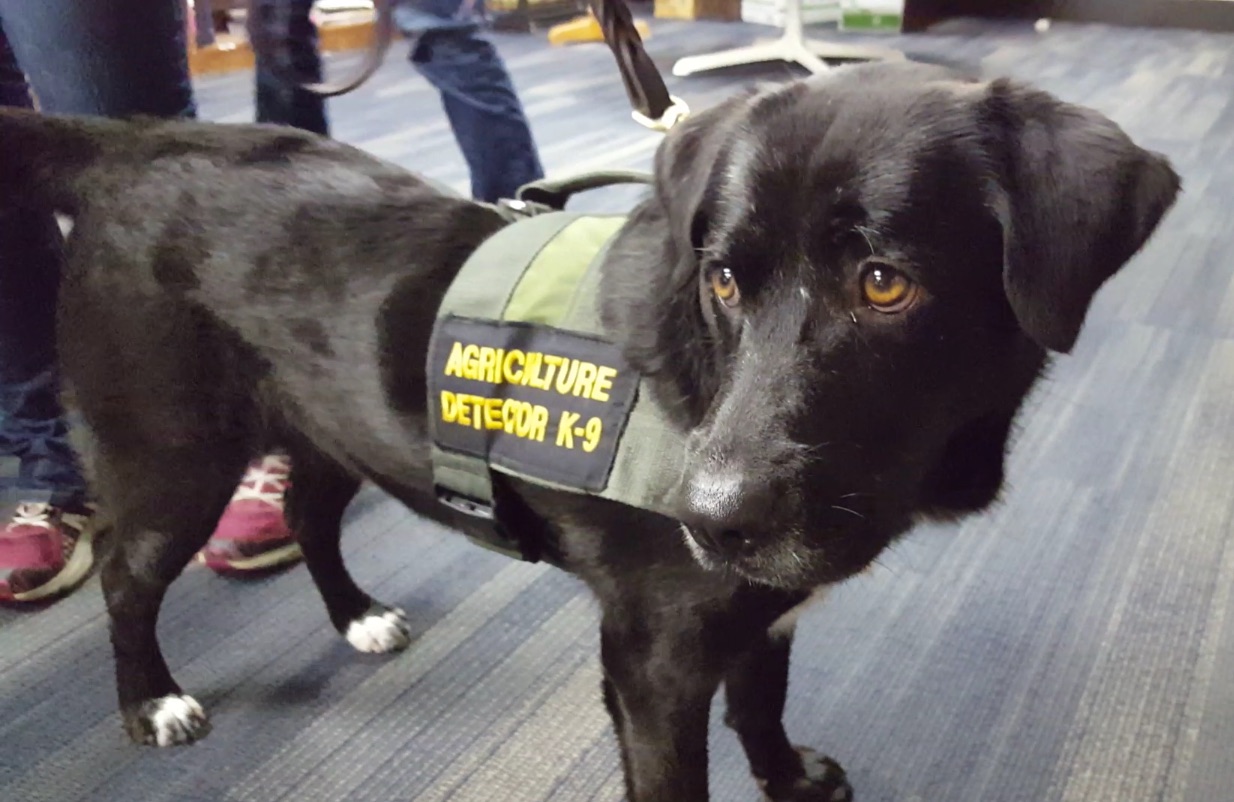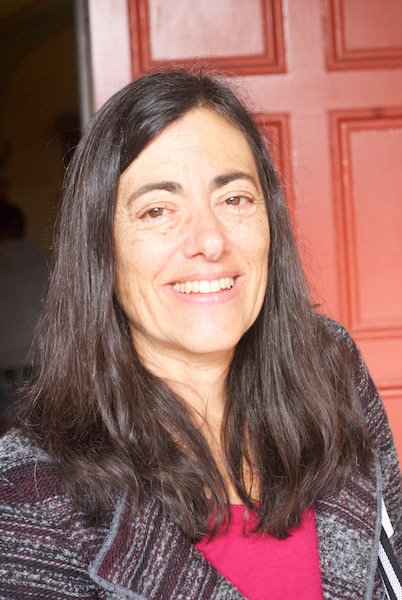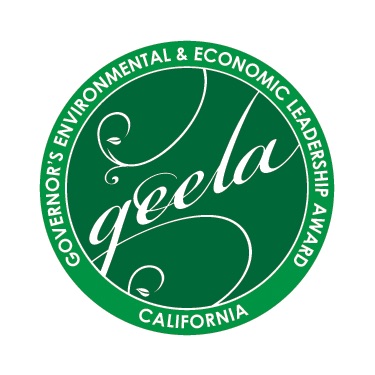CA Farm Bureau Awards Ag Students
CA Farm Bureau Awards Young Farmers and Ranchers Program Students
Service to community and Farm Bureau earned awards for participants in the California Young Farmers and Ranchers program, and a student from California State University, Fresno, won the state’s annual Collegiate Discussion Meet. The awards were presented at the Feb. 27 annual California Young Farmers and Ranchers Leadership Conference in San Luis Obispo.
For a second straight year, the San Joaquin Farm Bureau Young Farmers and Ranchers Committee earned the YF&R Committee of the Year Award, for its activities during 2015. The committee, composed of 45 active members, volunteered at numerous Farm Bureau and agricultural education events; donated food to local food banks and toys to children of military service members; presented three college scholarships; and raised money for the scholarship program and for the California Farm Bureau Federation Fund to Protect the Family Farm.
Napa County Farm Bureau member Johnnie White received the Star YF&R Award, which recognizes a young farmer or rancher for service to agriculture. White, a sixth-generation farmer, works as operations supervisor for a vineyard-management company and as a volunteer firefighter in St. Helena. He has been an active YF&R volunteer since 2006, serves as first vice chair of the State YF&R Committee and is a member of the 2016 Leadership Farm Bureau class.

California Farm Bureau Federation Young Farmers and Ranchers 2016 Conference
Fresno State junior Hunter Berry (San Jacinto), an agricultural business major, won the Collegiate Discussion Meet, which simulates a committee meeting with active participation and positive group discussion. Berry began his agricultural training in high school classes and FFA activities. At Fresno State, he is pursuing an accounting concentration and hopes to obtain a master’s degree on his banking or financial analysis career path. Next February, Berry will become the sixth Fresno State student to represent California at the American Farm Bureau’s Collegiate Discussion Meet national competition.
Riley Nilsen (Nipomo), an agricultural science student at Cal Poly San Luis Obispo, was first runner-up in the competition. The other finalists were Fresno State senior agricultural business student Jacob Vazquez (Cottonwood) and Cal Poly student Haley Warner (Angels Camp). Berry earned a $1,250 prize sponsored by AgroLiquid; Nilsen earned $750 and the other finalists each earned $500.
Fresno State won the collegiate team competition, the fifth team and individual titles for the group under the direction of adviser Dr. Steven Rocca, Fresno State agricultural education professor. Other team titles came in 2014, 2013, 2008 and 2006. Berry said. “Dr. Rocca did a great job of mentoring us before and during the competition, as well as arranging for guest speakers beforehand such as Ryan Jacobsen from the Fresno County Farm Bureau. Having four of our team members make the semifinals was especially rewarding.
In addition to Berry and Vazquez, Fresno State’s team included agricultural education-communication senior Dominique Germann (Ceres), animal science-livestock business management junior Emma Briggs (Santa Rosa) and animal science-pre-veterinary senior Ana Lopez Campos (Tulare).
________________________________________________
American Farm Bureau’s Young Farmers and Ranchers program serves agriculturalists between the ages of 18 and 35 who are actively involved in production and affiliated professions.
The California Farm Bureau Federation works to protect family farms and ranches on behalf of more than 53,000 members statewide and as part of a nationwide network of more than 6.2 million Farm Bureau members.
________________________________________________
Sources:
California Farm Bureau Federation
California State University, Fresno, Jordan College of Agricultural Sciences and Teçhnology (Geoffrey Thurner).
Photo: Collegiate Team Award Winners (2016); source: California State University, Fresno, Jordan College of Agricultural Sciences and Technology

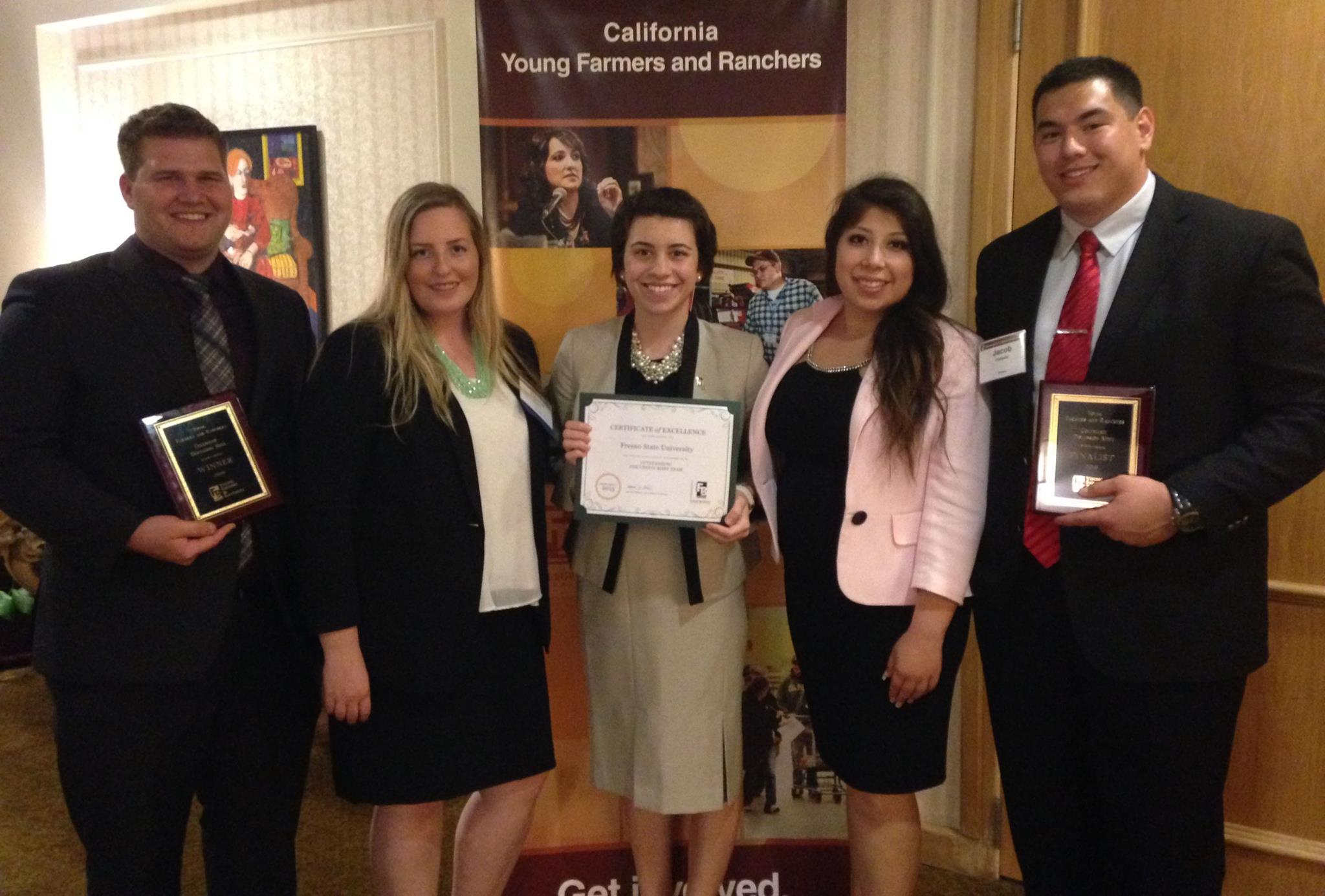

 California Ag Today: Wasn’t it 40 years ago when the dams were denied or no longer supported by the population?
California Ag Today: Wasn’t it 40 years ago when the dams were denied or no longer supported by the population?